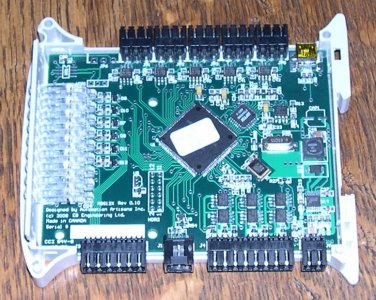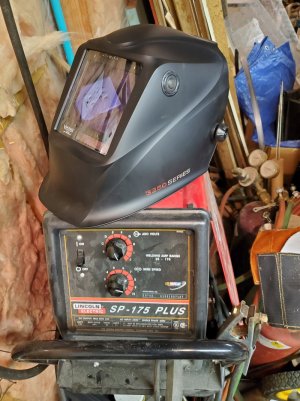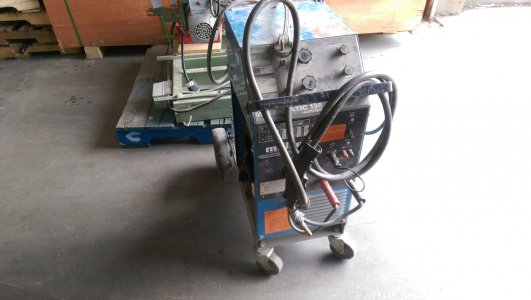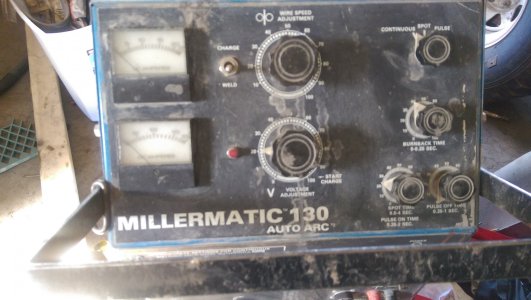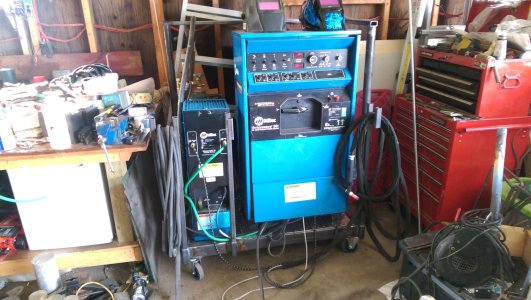Doggggboy
Ultra Member
Hey now!You are a sick man. First, by your own admission, you sound like a real sicko playing a musical instrument and now you claim that soldering can be a real joy with the right tools.....
I can solder with the best of them and I have some great soldering tools. But I still hate soldering. It's right up there with using the best tools to pick up dog poop.
Just yesterday I repaired some sprayer electronics for a neighbour who had pulled a male blade out of the circuit board. It's a 12 handed job. My wife helped hold the parts I couldn't hold with clips while I replaced the blade. Her telling observation was: "I think I'd rather be poked in the eye with a sharp stick than do that."
Dog poop is one of the best ways to tell if your dog is healthy.
No poop for more than a day....go to the vet. Possible blockage
Tarry poop...go to the vet. Possible internal bleeding.
Runny poop... give some canned pumpkin. The wonder drug for gastro issues.
Bloody poop...... cooked rice or pumpkin and wait for a change.
Poop with a Barbie head in it....call the owner and tell them to make the kids put away the toys.
Poop with a tiny green g-string... St Patrick's day.
Poop with a Wunderbar wrapper in it... Hallowe'en
After 20 years of running a kennel, my Google photos album is quite appalling,

